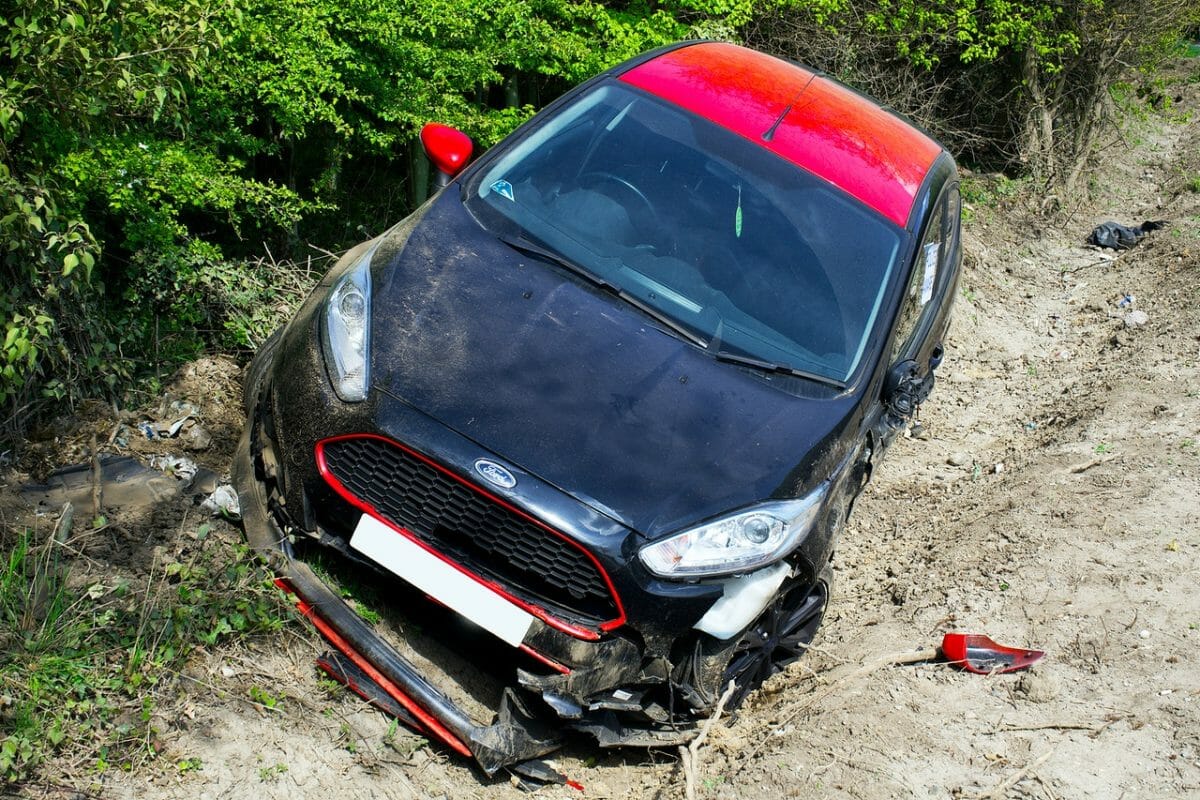A car collision only lasts a few seconds, yet your body may suffer severe stress in that time. Apart from immediate pain, you may also be experiencing delayed pain, and it is crucial that you get medical assistance even if you don’t seem to be injured.
Because you may not feel all of your injuries immediately after the accident, you must be aware of what kind of pain you can expect after accidents. On that note, here are 6 things you should and shouldn’t do afterward.
What You Should and Shouldn’t Do After a Car Crash
The pain you experience after a vehicle collision may be caused by various factors. One of the most prevalent causes of injury is force. The impact can be traumatic, and it may lead to serious neck and lower back injuries after a car accident.
The car’s back-and-forth movement may stress the muscles and tendons in this region, causing considerable injury. After an accident, you may not experience any immediate pain, but you may develop various symptoms over the next several days.
-
Do: Check for Headaches
Take note of the location and degree of the pain. It might be caused by stress or be a symptom of a concussion, brain damage, whiplash, neck injury, or even a blood clot. A significant headache after the event may potentially indicate post-traumatic stress disorder (PTSD).
-
Don’t: Disregard Neck and Shoulder Discomfort
This is sometimes an indication of whiplash (a catch-all phrase for various injuries), which you may feel immediately after an accident but manifests itself many days later. Neck and shoulder discomfort may also be symptoms of a spinal injury, such as a herniated disc.
-
Do: Rest
Sleep and rest are essential components of the healing process. When you sleep, your body boosts blood flow to your muscles and repairs and grows tissue and muscles. Furthermore, during sleep, stress chemicals in your body decrease, which might assist reduce internal inflammation.
Following a severe injury, you should slow down and rest to allow your body time to recuperate. A good night’s sleep can also improve your energy levels, attentiveness, and mood throughout the day.
-
Don’t: Ignore Bruising
Injury to your capillaries, the microscopic blood vessels under your skin, causes bruises. Because blood from the vessels takes time to reach the top of your skin, you may not see the total amount of bruising.
-
Do: Gentle Workouts
Again, common back ailments might make you feel like you should not move at all. Gentle exercise, on the other hand, may lessen back discomfort after a collision. Simple activities such as walking around the neighborhood on a few occasions a day can assist you in maintaining muscular strength.
It will help increase blood flow to stiff and knotty muscles in spine injuries. It is critical to maintaining muscular strength, particularly after a back injury, since solid muscles support your spine and help avoid long-term back discomfort.
-
Don’t: Dismiss Back Ache
Back discomfort, particularly in the lower back, may potentially be an indication of a whiplash-related injury. It might also indicate a sprain, herniated disc, and perhaps another soft-tissue injury (such as muscle damage). If it is followed by tingling or numbing, it might indicate pinched nerves or spinal damage.
Legal
Once you have recovered, you must consider your legal options. If you believe that the collision was not your fault and that you should be compensated for the serious neck and lower back injuries after a car accident, look into nearby firms. An attorney will be able to guide you through the complex process and maximize your chances of winning.
Delayed Pain
Injuries might manifest over many weeks after a vehicle collision. Mild injuries, such as scratches or cuts, generally manifest themselves promptly. Deep injuries, such as a torn tendon or traumatic brain injury (TBI), might take longer to appear physiologically. Initial symptoms may occur between 24 to 48 hours, and complete delayed pain symptoms can appear over one to two weeks.
Your body undergoes an adrenaline surge after a vehicle collision, which may disguise pain and other sensations, leading you to assume you are not wounded. Even though you don’t have apparent injuries immediately after an accident, keep an eye out for symptoms in the coming days and weeks.
Every day, numerous individuals suffer from post-accident discomfort. While physical injuries with postponed symptoms are the most prevalent, it’s important to remember that delayed automobile accident injuries may also be emotional.
Anxiousness and post-traumatic stress disorder (PTSD) are common symptoms of delayed emotional trauma that may manifest in the weeks after a disaster.
The healing and treatment procedure may be time-consuming, complicated, and lengthy. Everyone’s recovery process is unique and takes place in a distinct time frame. But by learning the items listed above, you’ll be giving yourself the most excellent opportunity to recover from the pain and mental trauma after a car accident and fully return to your favorite pastimes.


